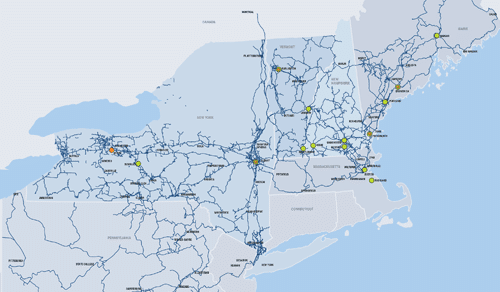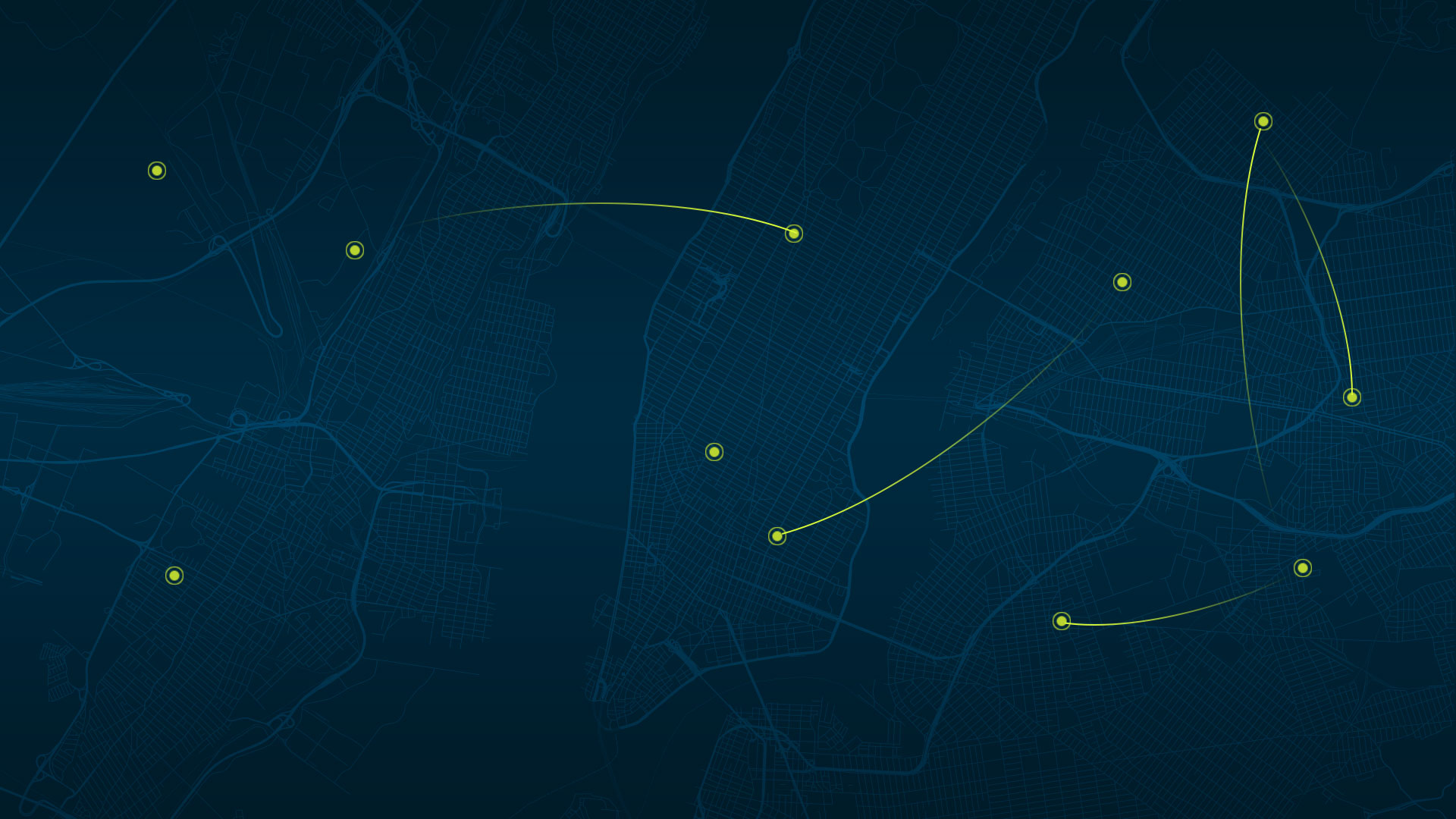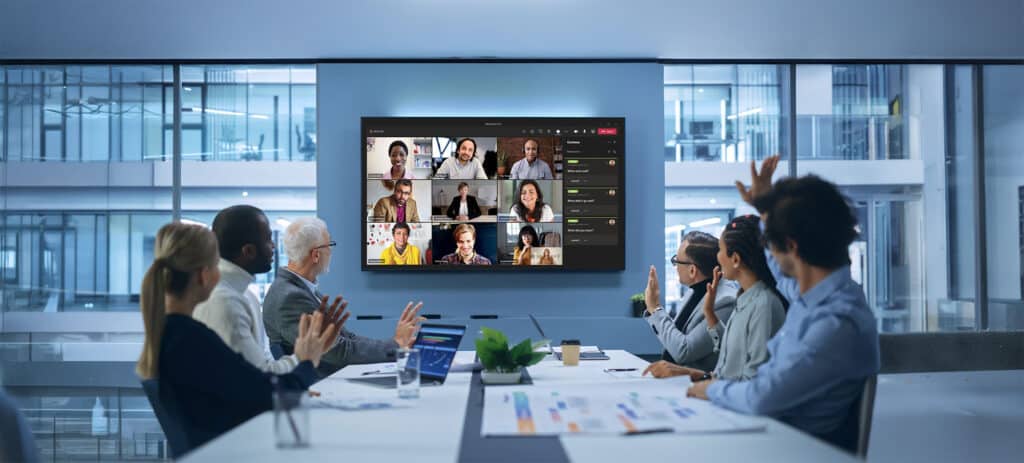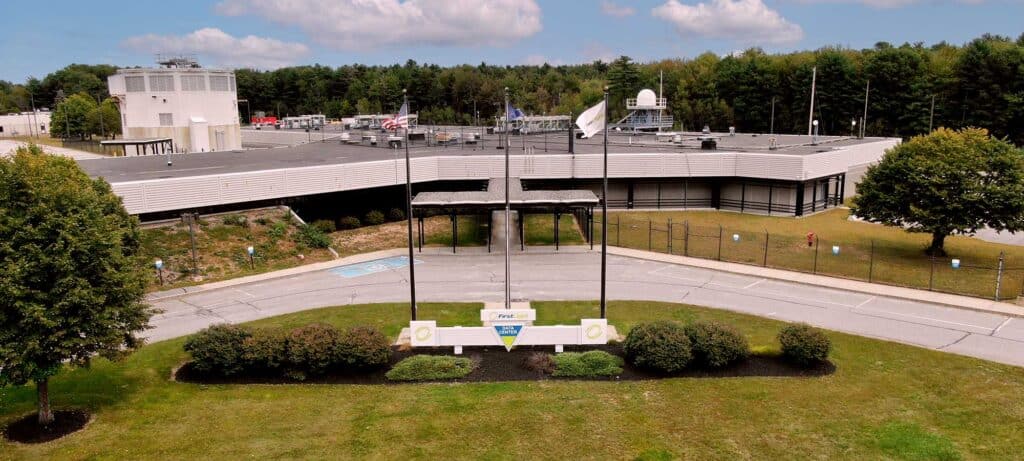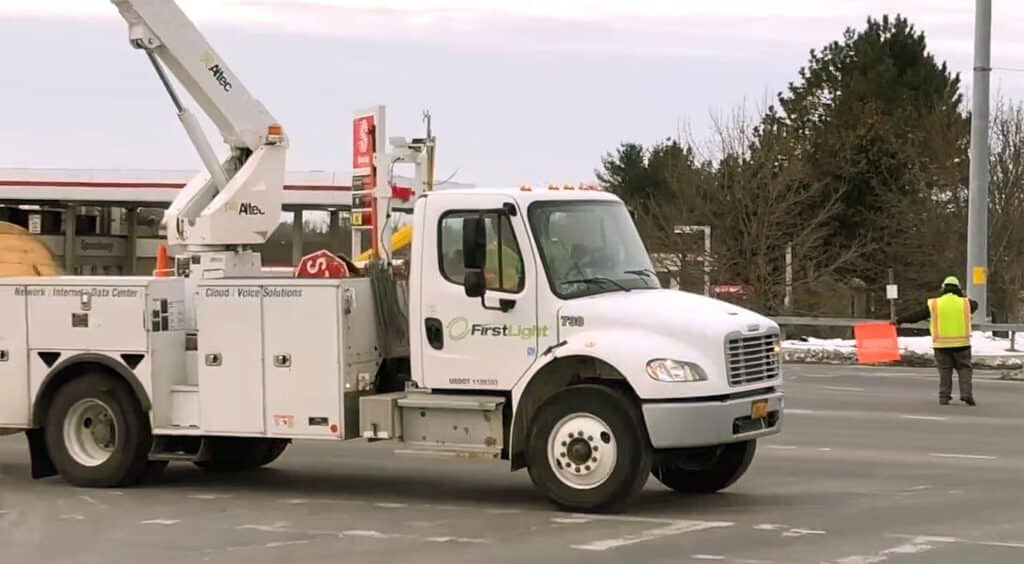 CARRIER ETHERNET NEWS — October 10, 2013 — When competitive carriers arrived on the scene in the 1990s, their focus initially was on voice and traditional data services for business customers. After a couple of decades of consolidation and technology advances, the competitive carriers that remain are increasingly focused on Carrier Ethernet.
CARRIER ETHERNET NEWS — October 10, 2013 — When competitive carriers arrived on the scene in the 1990s, their focus initially was on voice and traditional data services for business customers. After a couple of decades of consolidation and technology advances, the competitive carriers that remain are increasingly focused on Carrier Ethernet.
One example is FirstLight Fiber, a company originally known as Tech Valley Communications, that’s been around since 1994. Initially focused on the Albany, N.Y. area, in recent years the company has expanded into northern New England, in large part through acquisitions.
For several years the company has offered Carrier Ethernet services. And as FirstLight Senior Vice President and Chief of Network Operations James Capuano explained in an interview, “For the last two years we’ve made a much stronger push to make Ethernet more of a core service delivery platform.”
The name change to FirstLight Fiber was made in September. Previously, the company continued to use different brand names to reflect the various acquisitions it had made.
“We wanted to choose a name that resonated throughout our footprint,” said Maura Mahoney, senior director of marketing and product management at FirstLight.
“High-touch” service
The company has wholesale and retail operations. On the retail side, the company focuses on small, medium and large enterprises. Key verticals include colleges and universities, healthcare and state and local governments.
“The vast majority of customers are looking for Ethernet to carry IP services,” also known as dedicated Internet access, Capuano said. The company does have multipoint offering as well, however.
FirstLight differentiates its services through “high-touch service and support,” Mahoney said. The company’s dedicated account teams can quickly respond to customer requests, including requests to increase bandwidth, she said.
She pointed to the recent Farm Aid concert in Sarasota Springs, N.Y. as an example of how FirstLight’s local focus can make a difference. FirstLight provided complementary connectivity to the concert to support capabilities such as worldwide streaming of the event and data connectivity for attending media. The amount of bandwidth that concert organizers originally proposed was lower than the applications would demand based on FirstLight’s experience, said Mahoney.
“We came back to them with a different solution,” she said. Carriers without the local support teams might have simply provided the amount of bandwidth the customer requested and left it at that, observed Mahoney.
Backhaul coup
A recent coup for FirstLight was to receive certification to provide backhab ul connectivity to one of the major national wireless carriers – the only one of those carriers with whom the company wasn’t already backhaul-certified.
The certification process is a challenging one, with each carrier requesting something a bit different when it comes to capabilities such as jumbo frames or traffic prioritization, noted Capuano.
“Each one is unique but once you get one under your belt, you know what to expect,” said Mahoney.
Initially FirstLight relied quite heavily on incumbent carriers’ network facilities to provide the link into customer locations. But more recently the company has shifted more toward running its own fiber to customer locations.
“In-market we try to build as much as we can,” Capuano said.
Having its own network facilities gives FirstLight more flexibility, observed Mahoney. “We can control the customer experience and give the service level agreement the customer needs,” she said.
Moving forward FirstLight, which until now has emphasized asymmetrical products, plans to shift to symmetrical products, Capuano said. In addition the company plans to roll out 100 Gbps capability.
